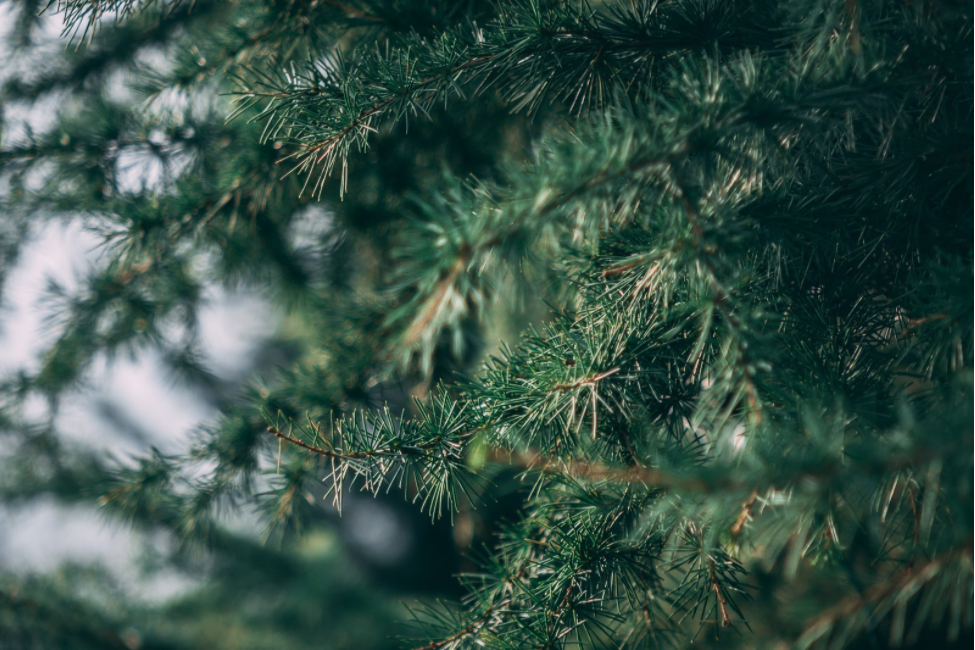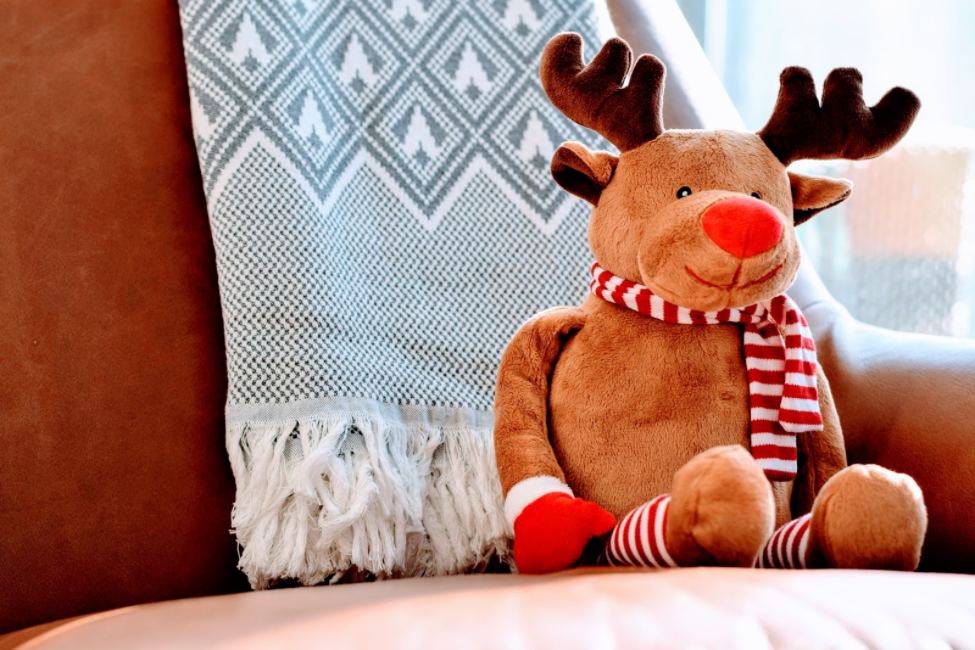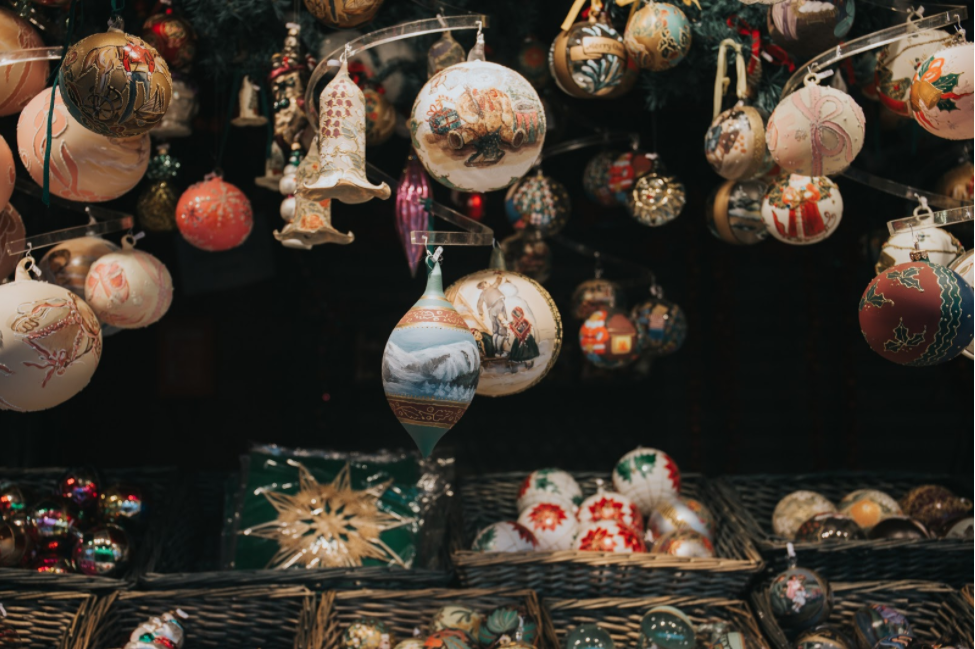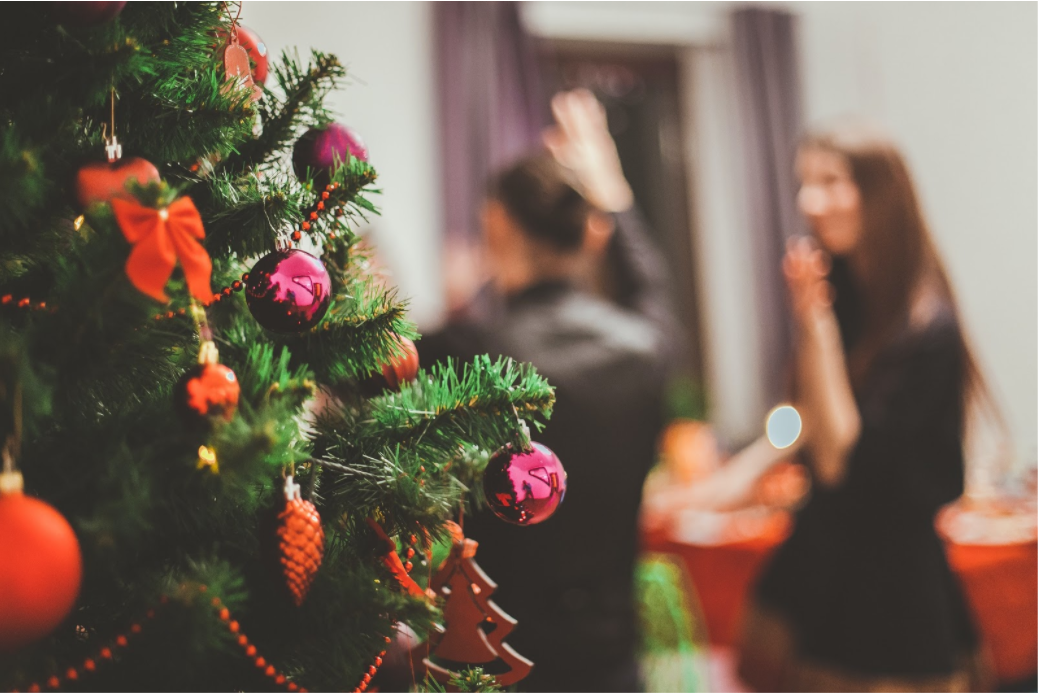The Guide to Buying the Best Christmas Tree

Finally, the relay baton of life has reached you: first it was your parents’ parents, then it was your parents, and now it is you who must bear the responsibility of procuring a tree to stand in your living room this Christmas. But what is the best kind of tree to buy? When should you buy it? Most importantly, where should you even look for one?
Buying a Christmas tree is a process that must be planned in advance: before you even go out to choose a tree, you should know how big it is going to be. This entails knowing both how big of a tree your living room can accommodate, and how big a tree you can transport back home. When it comes to measuring a tree’s maximum height in a living room, take into account any decorations that you wish to place on the top of the tree, like starts and angels.
For best results, do not buy artificial trees: not only are they environmentally unfriendly and barely reusable (looking tired and beat up after several uses), they also are difficult to trim should you get your measurements wrong. Real trees are trimmable, allowing you to downsize your tree in an emergency. In addition, real trees fill your home with a pleasant scent, support local farmers, and do not damage the environment once thrown away!
When it comes to timing, know that real trees will only last four to six weeks in optimum conditions, meaning that you should refrain from buying a real tree any earlier than two weeks in advance for best results. However, ensure that you don’t leave buying a tree until the last minute, to avoid missing out on higher quality trees being swept up under your nose. Additionally, if you are buying a real tree, you can choose between pot-grown and cut trees: cut trees are usually larger than pot-grown ones, and are designed for indoor use, unlike pot-grown trees.
Among real trees, there are several types you can choose from. The first is the Norway spruce, which requires a lot of water, but smells great and towers at around 5-9 ft (1.5-2.7 m) when cut, while also retaining the traditional Christmas tree A-shape. Another option you have is the Nordman fir: this is by far the most popular type of Christmas tree, comprising 80% of all Christmas tree sales, and for a reason: Nordman firs have spaced branches and soft, long-lasting needles, making them child-friendly and easy to decorate. Additionally, they can grow slightly taller than Norway spruces at around 4-10 ft (1.2-3 m) when cut, making them ideal for large rooms. You may also wish to choose the Fraser fir, which comes at the same height as the Norway spruce, yet having both soft, long-lasting needles and a fresh, citrus scent. Finally, you may wish to pick the blue spruce, which is ideal for small spaces (being only 1.5-4 ft (0.4-1.2 m) tall. They are known for their blue and silver tint, though they are equally known for having very sticky, prickly needles.
Once you have chosen, bought, and brought back your tree, ensure that it is well-cared for: cut half an inch (1.25 cm) off the base of the tree, allowing the pores to open, and seat it inside some water. Keep the tree in a cool, shaded outdoor location, and only bring it in when the time to display it has come. When it does go inside, ensure that the tree is kept away from direct heat and placed inside a water-storing stand, to both extend its life and to prevent it from drying out and becoming a fire hazard.
Social

Related Articles
Made with ♥ in the UK | Privacy Policy | Terms & Conditions | © ChristmasClock 2021



